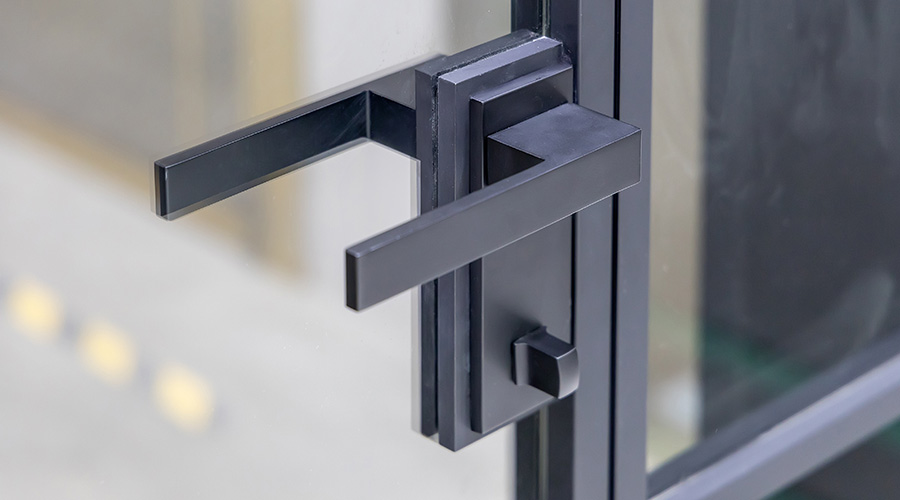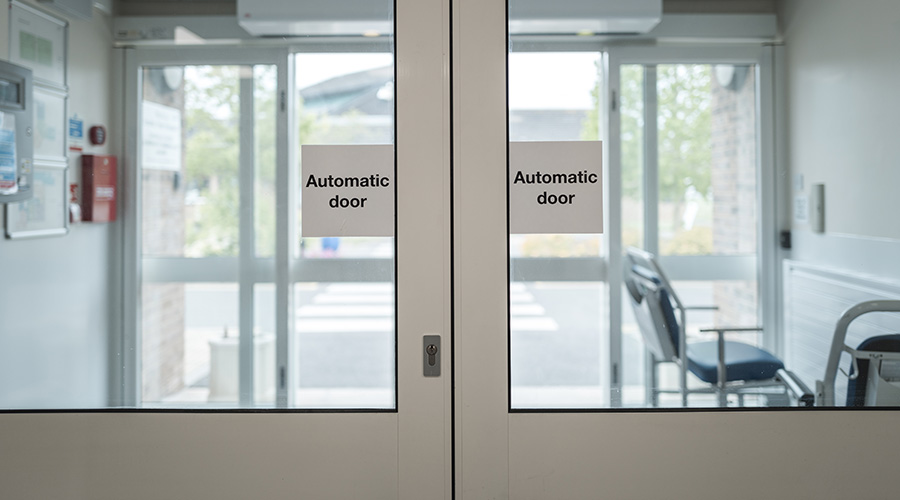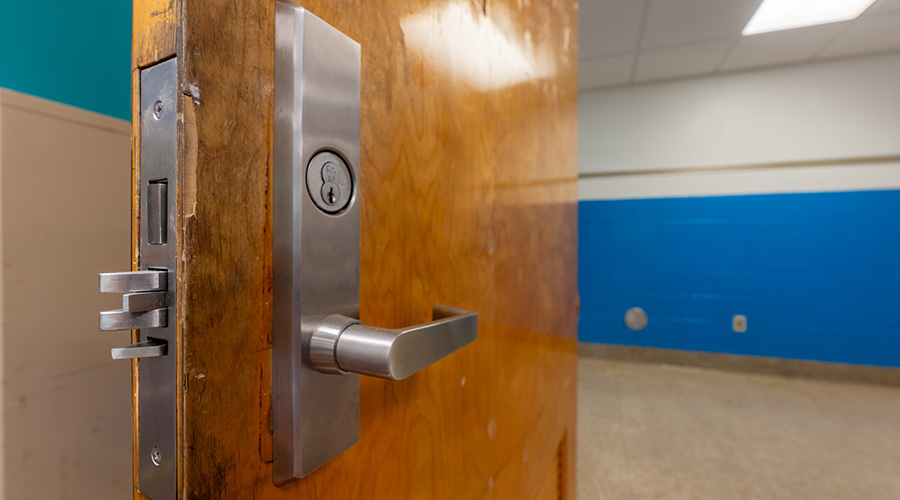Door Hardware: Select the Right Installer, Product for the Job
Roofs and HVAC systems might be the high-profile components in institutional and commercial facilities. But in many facilities, doors and door hardware are stealing the spotlight — at least when it comes to maintenance dollars. The funds many departments spend repairing these products can be staggering. Based on conversations with customers, one manufacturer puts the average at 25 percent of the operating budget.
“But even if they’re exaggerating — even if it’s only 10 percent — that’s still too much,” says Bob Cronk, vice president of sales with SELECT Products Ltd.
The amount of money spent maintaining doors and door hardware varies by organization. But most managers know the number is too high. Manufacturers know beyond simply selling products, they can help by ensuring customers install their products properly in appropriate applications.
What Can Go Wrong
In some cases, the wrong person is installing the product.
“People believe a carpenter knows how to do everything,” says Carl Dean, national training manager with Detex Corp., which manufactures door hardware and security systems. Departments also might use electricians trained in high-voltage applications to install low-voltage door hardware, Dean says, leading to improper installation. Some states have created a credential for low-voltage electricians to address this need and prevent installation problems. Even with training, problems can arise.
“The day the installer leaves, everything is fine,” Allen says. “But when something goes wrong, they automatically suspect there’s something wrong with the product. But it might be the installation.”
Another common mistake is selecting the wrong product for the application.
Cronk, whose company makes continuous aluminum hinges, says a manager seeking a hinge for use in a high-traffic area of a high school might specify pivot or butt hinges. While those products perform as designed in areas with less traffic, they might not stand up to the abuse teenagers dish out every day, he says.
A similar situation can occur with locks, says Mark Allen, marketing manager with Kaba Access Controls. Managers should ensure the lock matches the application. Allen says he has seen facilities that feature improperly specified small, lightweight locks.
“They’re cute and the look high-tech, but they won’t last,” Allen says. “They’re not really designed for this market.”
Related Topics:













